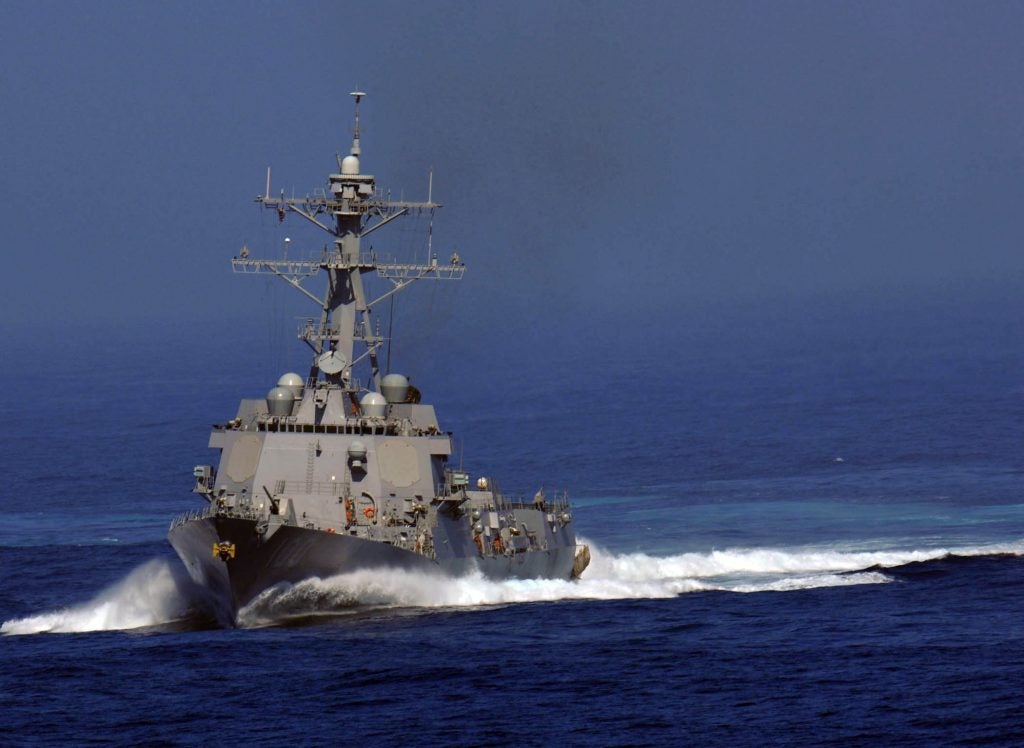Flight IIA Arleigh Burke destroyers to get SPY-6 radar
The US Navy is planning to back-fit a derivative of the future SPY-6 radar to its Flight IIA Arleigh Burke class guided missile destroyers. The currently fitted SPY-1 has been in service for a little over thirty five years, first going to sea operationally on the USS Ticonderoga, CG-47. Since then, it has equipped nearly 120 ships, including all of the active large surface combatants in the US Navy, and is the most numerous ship-board phased array radar in the world. However, the Navy is expecting the SPY-1 to be insufficiently effective in detecting, tracking, and engaging next generation, hypersonic, threats.

Enter the SPY-6, also known as the Air and Missile Defense Radar (AMDR). This advanced radar will be able to more effectively detect, classify, track, and engage hypersonic and low observable threats at the ranges necessary to ensure safe destruction of the inbound threats. The challenge facing the Navy is that the Flight III Arleigh Burke guided missile destroyers, the first of the overall class to be built with the SPY-6 in coming years, had to undergo significant redesign to fit the power and cooling requirements that come with the upgraded radar.
This means two important things. Firstly, only the Flight IIA Arleigh Burkes will get the upgrade. These are DDG-79 through DDG-124, and DDG-127. Fortunately, these ships make up the bulk of the class, meaning they are the best candidates to extend the life of the class out into future decades and beyond. Secondly, the radars these ships will get, while better than the existing SPY-1D they are fitted with, will be smaller than the full SPY-6 arrays the Flight III ships will get. Per David Larter at defensenews.com, “The SPY-6 destined for DDG-125 will have 37 of what are known as radar modular assemblies, or RMA, which are 2-foot-by-2-foot-by-2-foot boxes that use gallium nitride technology to direct radar energy on air targets. The Flight IIA version will have 24 RMAs in the array.”

The upgrade to a SPY-6 array for the Flight IIA Burkes, albeit somewhat smaller than that on the Flight IIIs, will enable the Navy to extend the life of its most numerous large surface combatants to an expected fifty years. This life-cycle extension will be key to the Navy’s goal of a 355 ship battleforce, which will enable it to better meet future geopolitical challenges and threats.

